IHE Science Showcase 2023
30 May 2023
On 26 April, we sat in the packed out Bloomsbury Studio to hear the ripples our Impact Fellows were making in the healthcare engineering pond. Here's a summary of the evening and a bit on what they've been working on.
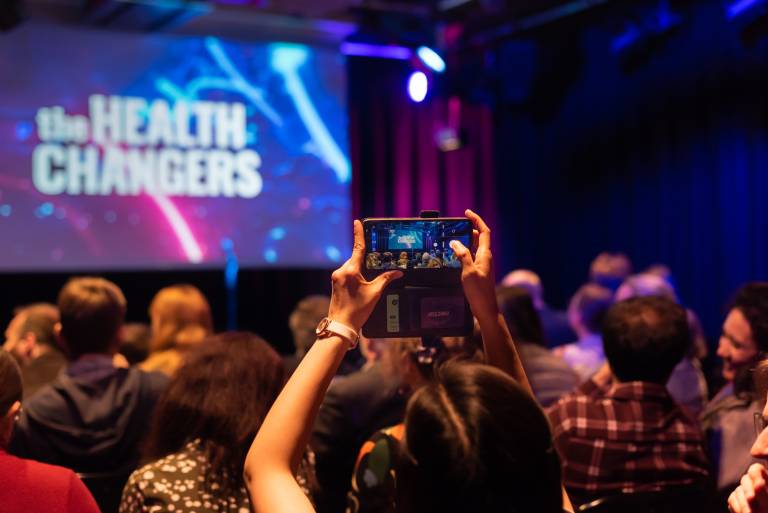
OK, what is healthcare engineering? A sentence doesn’t do it justice but here it goes: healthcare engineering involves designing and building things that improve peoples lives.
We never really think about how tools and devices are changing our lives and we want to change that. Every year we hold an annual event with our Impact Fellows to tell you all about some of the things we’re doing in healthcare engineering. The concept of our Science Showcase is simple: 5 minutes for our Impact Fellows to tell us about their project in simple to use language with a bit of comedy peppered in because who doesn’t like a laugh?
To give you a little background before we start covering what happened in this year’s Science Showcase, the Impact Fellowship is a scheme run at the Institute of Healthcare Engineering to help train a group of researchers on their engagement skills and build a network beyond university walls. With training and advice from podcaster and comedian Steve Cross, our Impact Fellows have been building up for this special event for the last few months.
On the day, our Impact Fellows blew us away. The talks were humorous, moving and informative – covering topics like how we can see inside babies’ heads to test for autism and how we can train the next cohort of surgeons using AI.
The Showcase was hosted by Oriel Roche I Morgo who used to be an Impact Fellow last year and has come back to test his hosting skills this year. We just want to say that he was AMAZING and if you need a funny, relatable host - well, he's your man!
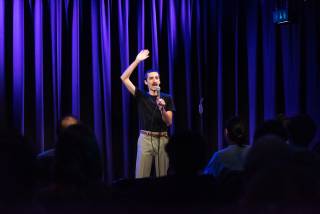
Ok, let's get into it. Here's what our Impact Fellows have been working on:
Charlotte: The NHS spends £13 million a day on torn ligaments. But there’s no real diagnosis or follow ups when you get a sprained ligament so Charlotte’s working on increasing the ability to diagnose tendon injury using x-rays. X-rays might commonly be used to see bones, but did you know that x rays don’t travel in straight lines? They change direction just a little bit whilst they’re in our bodies and so Charlotte's using this knowledge to see if she can bend light to see damaged tendons.
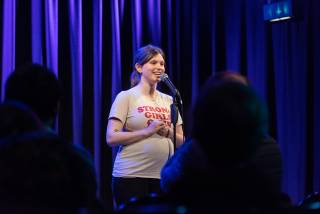
Evangelos: There are 300 million surgical procedures taking place every day but this is not enough - there aren’t enough surgeons and we can’t train them quickly enough. Using the same technology that’s used to see whether a football has entered the net or not, Evangelos is looking at how this tech will help give feedback to new surgeons – feedback on how they can handle their tools better, see into our organs better and work in such a way we are treated without risk.
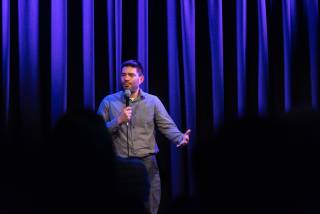
Diana: Did you know that you’ve already lost an organ? When you're born, you lose your placenta. It’s so important during pregnancy but we know so little about it. Currently, we cannot see when there are issues with the placenta which leads to premature caesareans at a cost of £3.2 Billion to the NHS. We need better monitoring and scanning techniques to help with this and that’s what Diana is working on. She’s working on a new way of taking pictures of the placenta by combining scanning methods with blood flow to see healthy and unhealthy blood flows which will lead to her seeing if there are any issues with the placenta.

Danica: Strokes are the leading cause of death and disability in the UK but diagnosing the type of stroke you’re having is difficult. There are two types of strokes: brain bleads (haemorrhagic strokes) and the other is a clogged blood vessel (ischemic stroke) with both requiring different treatments – and diagnosis is critical as strokes are very time sensitive. Danica is working on taking pictures of the brain using different light colours to help support stroke diagnosis.
Adam: Cancer is caused by a lot of different factors. Adam is working on using AI to help image signs of cancer so it can be caused early and eradicated.
Alissa: The spine. We’ve all experienced back pain – the leading cause of disabilities. Alyssa is working on the intercalated discs in our spine, the soft bits that let us bend and move our spine, so back problems can hopefully be a thing of the past. You might have heard of a slipped disk which is where the fibres and the bone rips apart, letting the jelly-like soft bits spill out. Alyssa is using x-rays to see these fibres and see how different pressure rates can cause spinal injury.
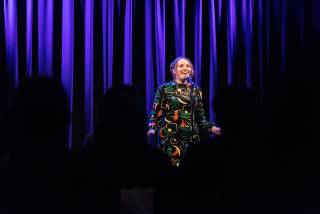
Liam: How can we see inside babies’ brains? Liam is using light therapy to see what’s going on inside the heads of babies aged six months. He’s specifically testing to see whether light, and the way it shows oxygen saturation, can be used to detect autism.
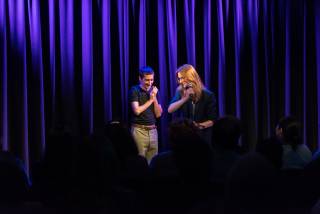
Carlos: x-rays don’t just travel in straight lines – that’s what we’ve learnt in this Science Showcase. Carlos is using the knowledge that light refracts when it goes through muscle and tissue to create a tool that produces high quality 3D images.
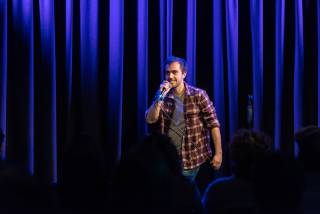
Bea: Bea is using AI to find correlations in dementia patients and sending those findings to doctors to help catch the disease earlier on.
Arsalan: When we are born, the bones in our brain aren’t connected, kind of like a jigsaw puzzle, with soft tissue in the middle acting as shock absorbers. In early life, if there is trauma, brain surgeons work to take away some of these pieces of puzzle to help the child. Arsalan is working to see the optimal method to decrease the amount of surgery needed and reduce the physical, emotional and financial pain (each surgery can cost £52,000 depending on the case).
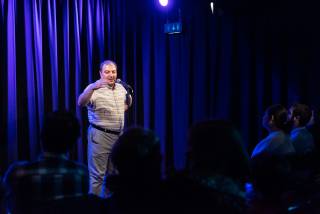
Rebecca: We all know what an MRI machine is – those big things that help image your whole body. MRI machines scan using hydrogen atoms but Rebecca is using sodium so that we can use the salt in our bodies to better see into our bodies.
Elsa: There’s a lot of discomfort in using rubber prosthetic limbs – imagine this sweaty, hot, itchy thing on the end of your limb. Elsa is working on creating new material to give ease of comfort to prosthetic limb wearers.
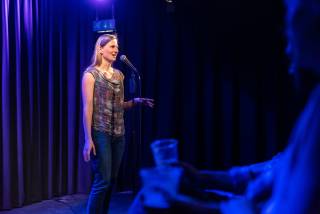
Katherine: We’ve all heard of the cardiovascular system, but did you know about it’s lesser-known cousin: the lymphatic system? Lymphedema is damage in the lymphatic system which is responsible for draining lymph fluid from blood vessels. This damage can be caused by cancer or radiotherapy and there is no cure so Katherine is creation a garment, a Michelin man costume of sorts, to help massage and remove excess lymph fluid from the body.
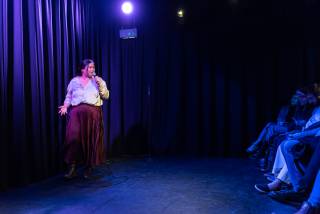
We’re so incredibly proud of all the hard work that’s gone into this year’s Science Showcase. Our Impact Fellows have really come a long way and their ability to tell stories from their research is a testament to that.
If you’re a UCL researcher interested in learning more about impact and engagement, keep your eyes peeled for more in this space. We will be opening another round of Impact Fellowships in September 2024. You can sign up for our newsletter to be first in the know when applications open.
 Close
Close

